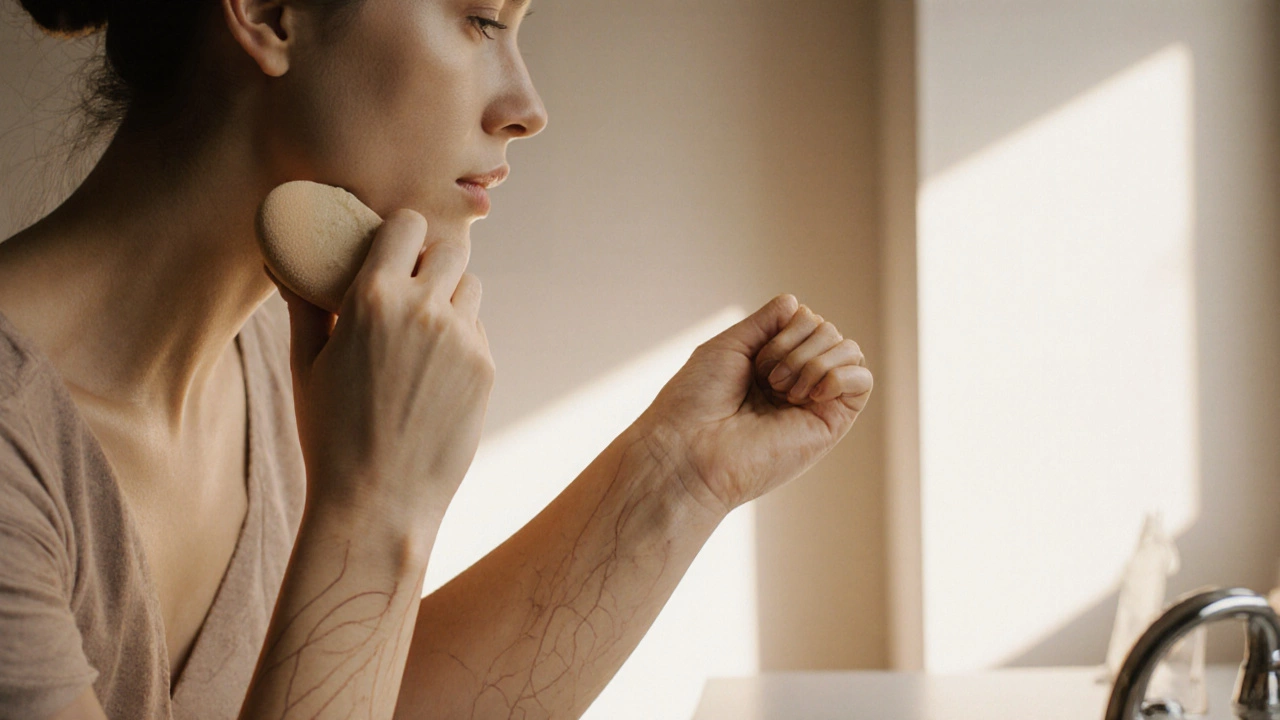Makeup Learning Steps: Your Roadmap to Better Beauty
When working with makeup learning steps, the process of mastering makeup from simple washes to full‑face looks. Also known as makeup application guide, it helps anyone improve confidence and skill. Understanding cosmetics, products like foundation, lipstick, and mascara is essential because the right product choice drives every step. Having the proper makeup tools, brushes, sponges, and applicators makes the process smoother, while mastering makeup basics, pre‑pore care, primer use, and layer order sets a solid foundation. In short, makeup learning steps combine products, tools, and techniques into a repeatable routine you can follow each day.
Why do these steps matter? First, they turn a confusing jumble of products into a logical sequence. Imagine trying to apply foundation after setting powder – the finish looks cakey. By following a step‑by‑step order, you ensure each layer works with the next, just like the skincare routine guides in our collection teach you the perfect morning and night order. Second, the steps help you avoid common pitfalls that cause breakouts or uneven texture. For instance, skipping primer can make oily skin appear shiny, while using the wrong brush can leave streaks on your cheeks. These insights echo what we cover in posts about anti‑aging drinks, vitamin deficiencies, and even salon cost breakdowns – everything ties back to knowing what to use, when, and why.
Key Parts of the Makeup Learning Journey
Every beginner starts with the base. Clean skin, light moisturizer, and a thin layer of primer create the canvas that lets color adhere evenly. From there, the foundation step is the first real makeup move – choose a formula that matches your skin type, whether it’s a dewy liquid for dry skin or a matte powder for oily zones. The next step involves concealer, which targets specific imperfections; think of it as a localized anti‑aging treatment that brightens under‑eyes or covers blemishes. After the base, we move to color: blush, bronzer, and highlighter add dimension and mimic natural sun exposure, a trick many luxury makeup brands use to create a "lit from within" effect.
Eye makeup is often the most intimidating part, but breaking it into steps simplifies it. Start with a neutral eyeshadow as a base, then add darker shades to the crease for depth, and finish with a highlight on the brow bone. Mascara and eyeliner follow, and the choice of brush or wand can dramatically affect the final look – a straight wand lifts, a curved brush curls. This mirrors the posture we discuss in posts about hair length attractiveness and the science behind styling; the right tool amplifies the effect of the product. Finally, the lip completes the look. Choose a lip liner for precision, then fill with a lipstick or gloss that complements the overall palette. The order here matters: liner first, then color, so the pigment stays put and looks polished.
Beyond the technical steps, confidence plays a huge role. When you know why each move matters, you’re less likely to feel overwhelmed. That’s why our tag page pulls together articles on everything from anti‑aging drinks to the cost of facials – they all feed into a holistic understanding of beauty and wellness. As you scroll down, you’ll find detailed guides on routine order, product comparisons, and even the economics of beauty subscriptions. Together, they give you the knowledge to customize your own makeup learning steps, whether you’re prepping for a Zoom call or a night out. Ready to see how each piece fits? Dive into the posts below and start building your own flawless routine.

